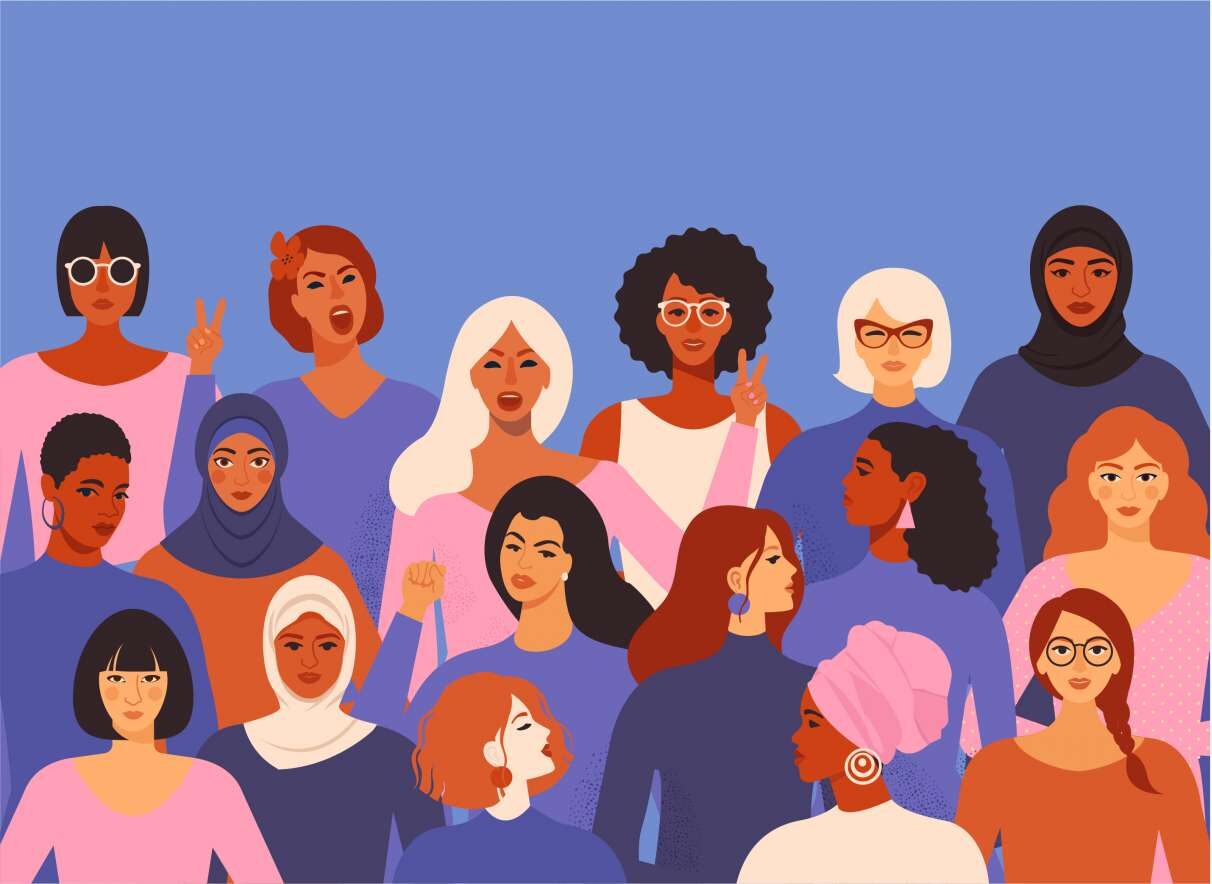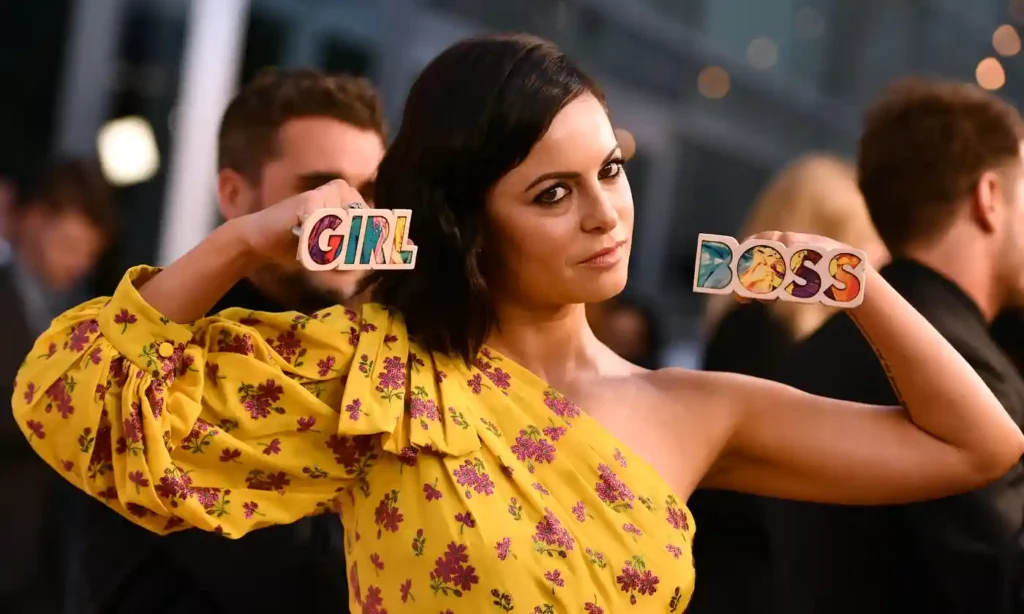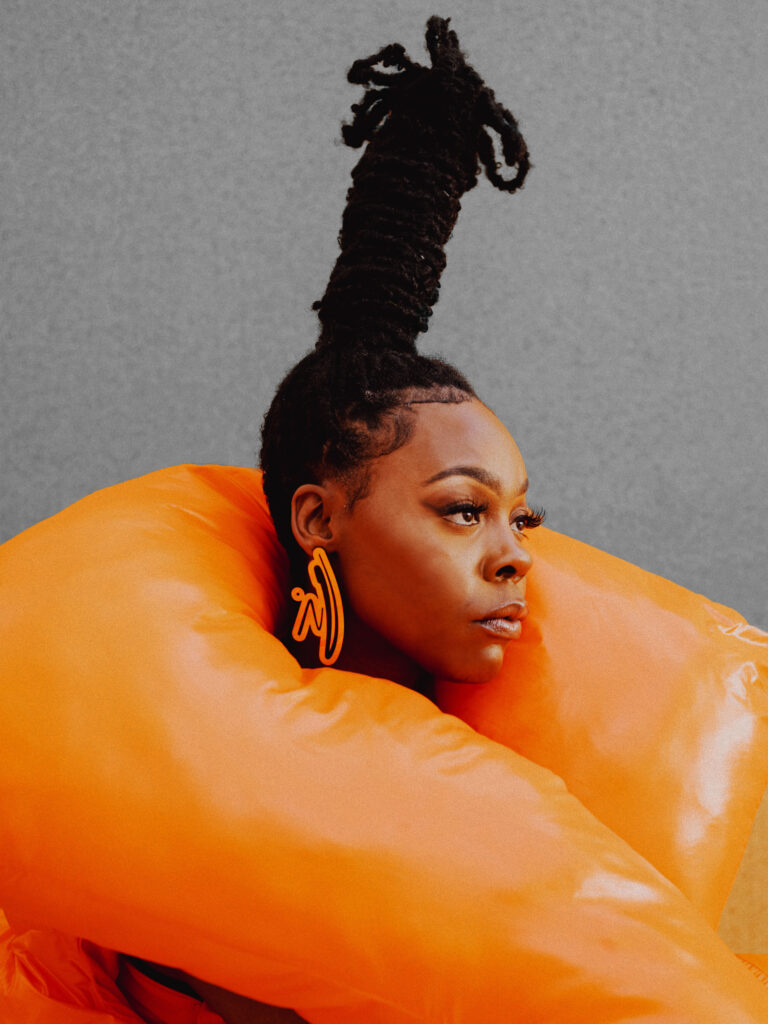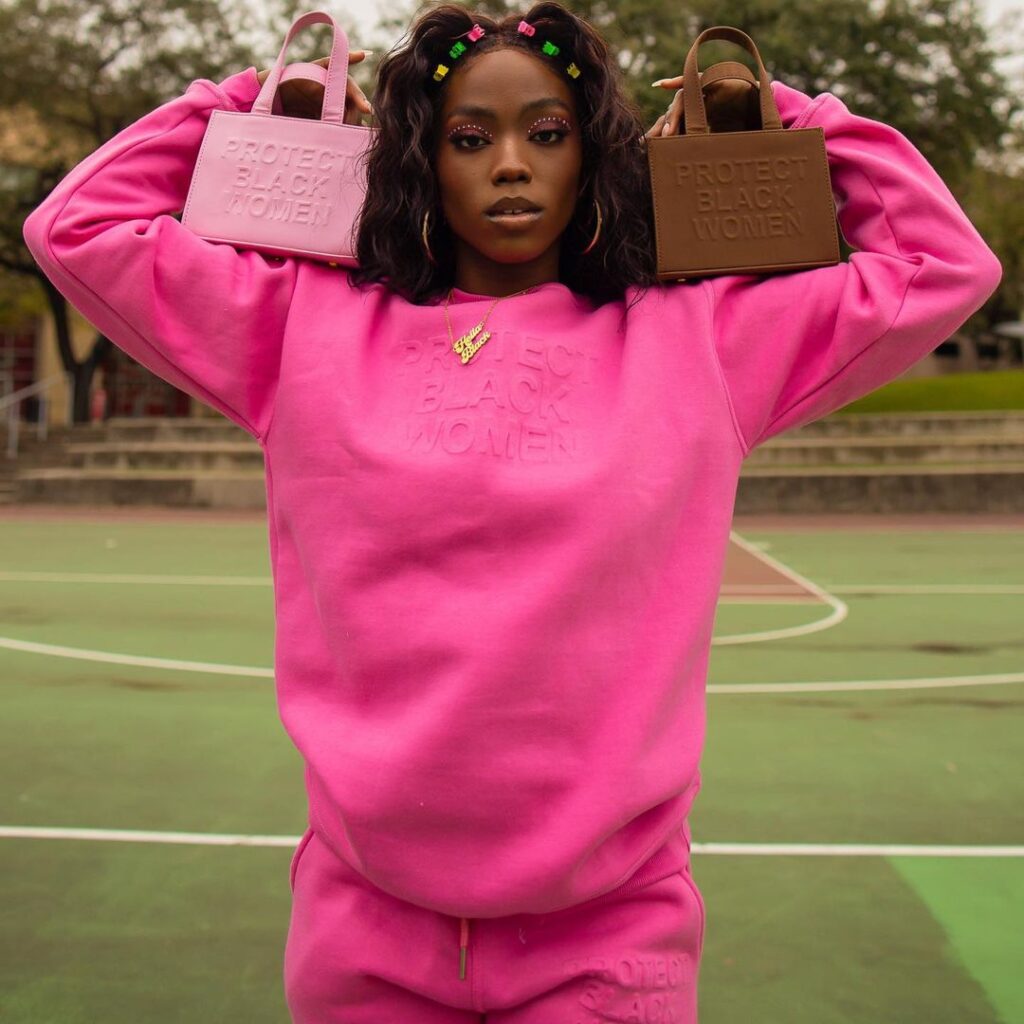Lifting the veil on International Women’s Day

Gender inequality still exists in Women’s month? Shock horror!
Every year, International Women’s Day (IWD) is celebrated and has been for the past 100 years. Tuesday 8th March 2022 was no different. The day in March, which marks Women’s history month, sets out to commemorate the social, cultural, political and economic achievement of women and girls globally. Each year, IWD carries a theme, and this year, the theme was #breakthebias. The organisation calls for people to “imagine a gender-equal world”, free from stereotypes and discrimination against women. “Without gender equality, today, a sustainable future, and an equal future remains beyond our reach.”, the UN said.
With a similar rhetoric year after year, people are slowly beginning to see past the virtue signalling and symbolism which exists within the IWD campaigning and marketing. Breaking the bias does not mean putting more women in suits in boardrooms. It does not mean more women in higher positions in policing or legislation. Breaking the bias does not mean spreading gender essentialist narratives which exclude trans women. Such responses do not tackle the fundamental issues which women and femmes face. For this reason, we must imagine beyond International Women’s Day and Women’s month, and think of more radical processes to ensure women’s liberation.

International Women’s Day began 100 years ago, as a day of campaigning by 2 German socialists. In August 1910, women from 17 countries congregated in Copenhagen for a conference of socialist working women and the next year International Women’s Day was born. The roots in suffrage, international solidarity and women’s worker rights were maintained in the campaign for the years following this but in recent history, the core message of IWD had been lost and co-opted by the same big businesses which its founders would shame.
As the movement was swept up by the United Nations in 1977, its roots were quickly buried. Today, we watch the same role out of the same brands, posting generic content about how they are pioneering gender equality ‘at all levels’. Or condescending tweets, praising women for their contributions to society. International Women’s day is now for pretty coloured cupcakes, balloons and pretty Instagram posts. Because these are all clearly the solutions to gender inequality.

With the shocking increase of gender-based violence over the pandemic and growing concerns about women’s safety, symbolic days like IWD just aren’t enough. Companies pandering to the language of gender equality is simply not convincing anymore. Across social media, women and femmes shared their thoughts on the day, critiquing the celebration of International Women’s Days, on many levels. For its inattentiveness to real issues such as gendered poverty, its pinkwashed marketing campaign and lack of intersectionality.
For a movement rooted in socialist politics, the #Girlbossification of IWD goes entirely against its origins. This year, a Twitter bot has called out British companies posting messages for IWD but exposing their gender pay gap. The “Gender Pay Gap Bot”s bio reads “Employers, if you tweet about International Women’s Day, I’ll retweet your gender pay gap.”. It is humorous how brands can tout this rhetoric of being progressive, of centering incredible “pioneering” women, while continuing to systematically and financially disadvantage them. The information used by the gender pay gap bot is calculated using openly accessible data from the government. These truths are hiding in plain sight. All it takes is a 140-character tweet or a nicely coloured infographic for these companies to think that they are safe from public scrutiny.

According to the Office of National Statistics, men earned 7.9% more than women in 2021 in the UK – with these figures varying in different companies and workplaces. Globally, the pay gap stands at 23%. These figures cannot simply be evaluated with a gender-based lens, without considering the intersections of race, class, disability, age and other marginalised identities. The issues of bias here are so deeply entrenched into society and the way that people view women, that #Breakthebias isn’t really doing anything.
Womanhood is constantly being called into question. What does womanhood mean, when so much of gender is taught and constructed? When notions of womanhood have constantly been weaponised to marginalise Black women, trans women, disabled women. So many women now have less of an affinity to this notion of womanhood, after realising that by definition, they never fit into the archetypal idea of “woman”. Conversations about International Women’s Day, its name and its inclusivity, only open up marginalised groups to even more scrutiny and harm.
So long as companies and individuals believe that women’s issues are resolved through access to the market, and greater participation in the workforce, we will continue these never-ending cycles of #girlboss feminism. For very good reason, we’ve seen the rise and fall of girlboss narratives – with many women rejecting the notion that they have to be exceptional in the workplace and soar past their male counterparts to be valued. Women in higher positions of power do not address the root of gender inequality. And the use of symbols, days “commemorating” women’s contributions and empty statements by exploitative companies, can similarly never be the solution.
Check out the GUAP Arts & Culture section, to discover new art, film, and creative individuals.





![ZINO VINCI’S ‘FILTHY & DISGUSTING’EP BRINGS YOU TO THE CORE OF THE ARTIST [@ZinoVinci]](https://guap.co/wp-content/uploads/2023/10/Zino-4.jpg)





![Remel London’s [@Remel_London] “Mainstream” is a must attend for upcoming presenters!](https://guap.co/wp-content/uploads/2017/02/REMEL-LONDON-FLYER-FINAL-YELLOW-COMPLETE-1.png)